Jul 15
Failed to save article
Please try again
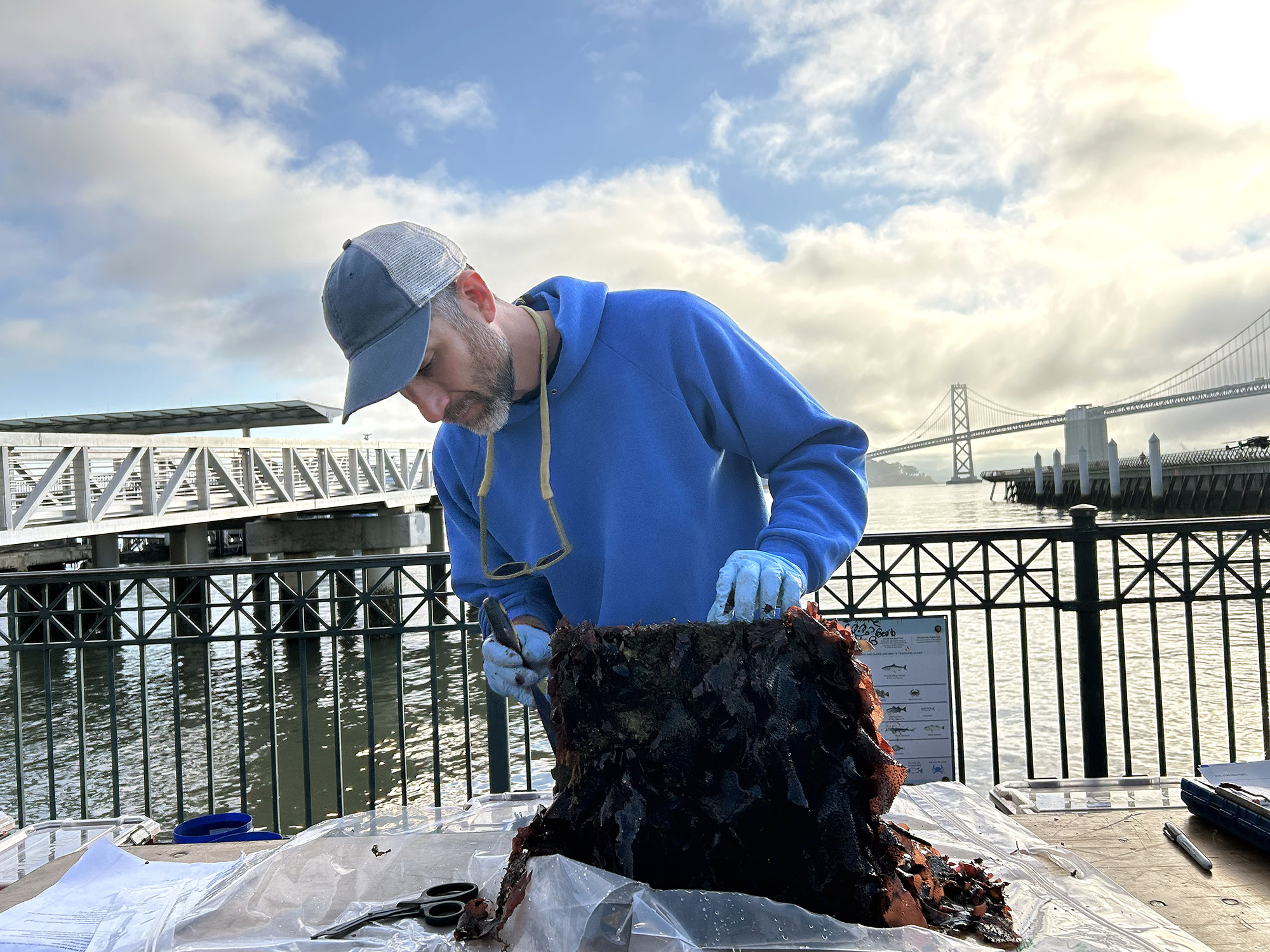
Biological sciences technician Jeffrey Blumenthal inspects specially designed tiles, which are part of an innovative study led by the Port of San Francisco and Smithsonian Environmental Research Center, to learn how we can make San Francisco's seawalls more ecologically friendly in the future. (Ezra David Romero/KQED)
Skittering in the seaweed were hermit crabs, juvenile crabs of many native species, native limpets, chitons and angular unicorn snails. As well as gunnel, a small, lithe fish species. So far, they’ve discovered more than 100 creatures at each of the three test locations.
“We’re going to need a new seawall eventually,” said Kelley Capone, the flood study project manager in the Waterfront Resilience Program at the Port of San Francisco. “We’re looking at how texture affects the growth of species.”
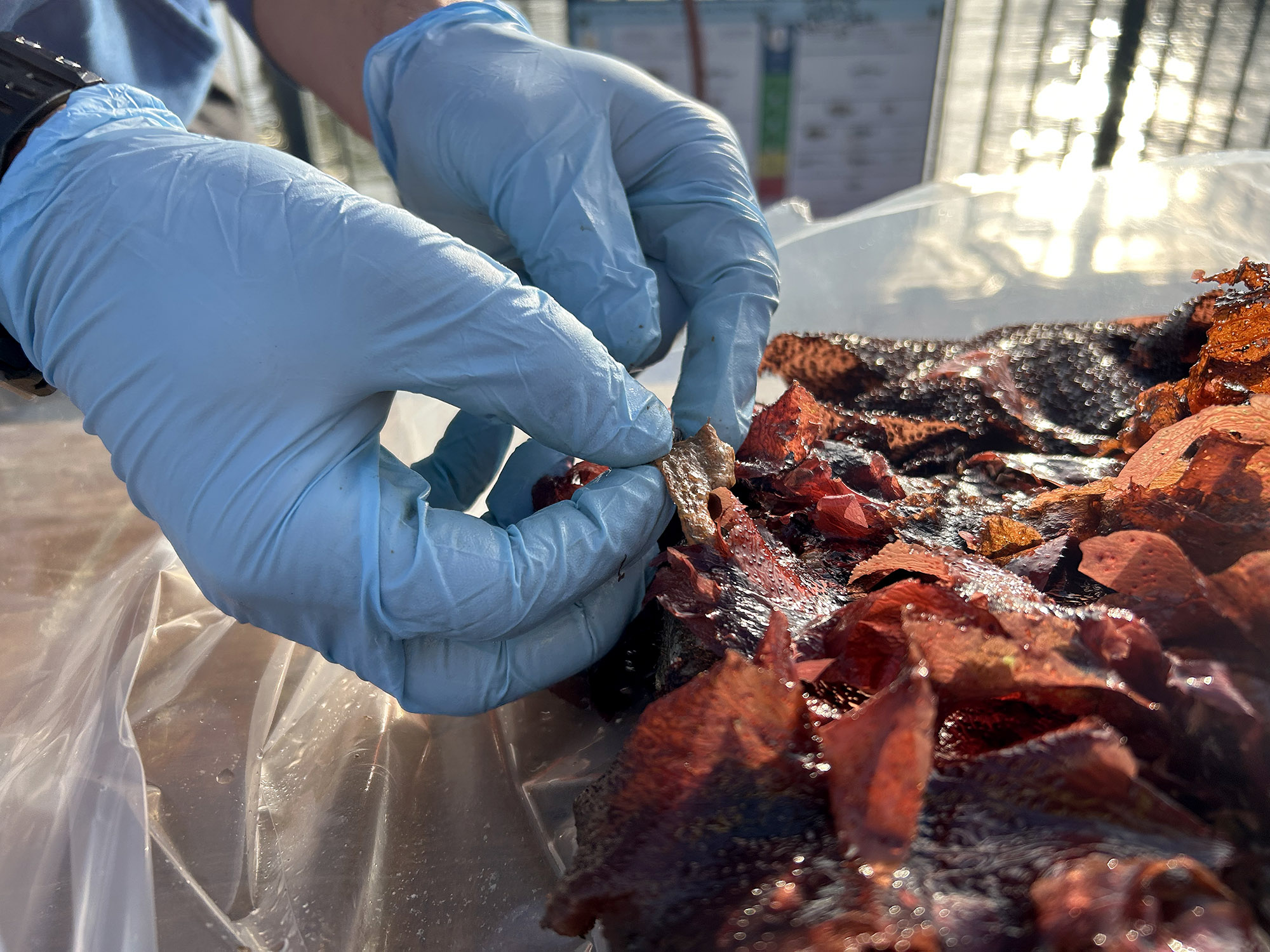 Biological sciences technician Jeffrey Blumenthal inspects various sea critters and organisms found living on many specially designed tiles to learn more about how to make San Francisco’s seawalls more ecologically friendly in the future. (Ezra David Romero/KQED)
Biological sciences technician Jeffrey Blumenthal inspects various sea critters and organisms found living on many specially designed tiles to learn more about how to make San Francisco’s seawalls more ecologically friendly in the future. (Ezra David Romero/KQED)The scientists installed hundreds of football-sized tiles with three different formats: a smooth surface meant to replicate a traditional sea wall, a flat exterior made with a “special sauce” of marine-friendly materials to promote growth, and a textured tile with nooks and crannies that’s also constructed using the proprietary goop.
The tiles were placed at different tidal elevations to see which attracts more native marine life. San Francisco modeled this approach on similar efforts in Seattle and Sydney.
“We’ve seen an evolution of the community,” said Andrew Chang, a marine biologist with the Smithsonian. “There do appear to be a few more species that are on the more complex tiles, especially native Olympia oysters, which are a species of conservation concern in this area.”
Chang said they also found non-native species, which he expected “since this is the most invaded estuary in the world.”
The team gathered data along the Pier 45 breakwater, at the Agricultural Building seawall near Pier 14, as well as adjacent to the South Beach Harbor East breakwater.
Over the next year, they will produce a report to show the Port how it can incorporate their findings into its plan to rebuild much of the city’s 7.5-mile sea wall.
“We’re interested in making the marine area around the city a better habitat than it currently is, particularly for native shore species, which would be here if this were a natural rock shoreline versus a seawall shoreline,” said Chela Zabin, a marine ecologist with the Smithsonian Environmental Research Center.
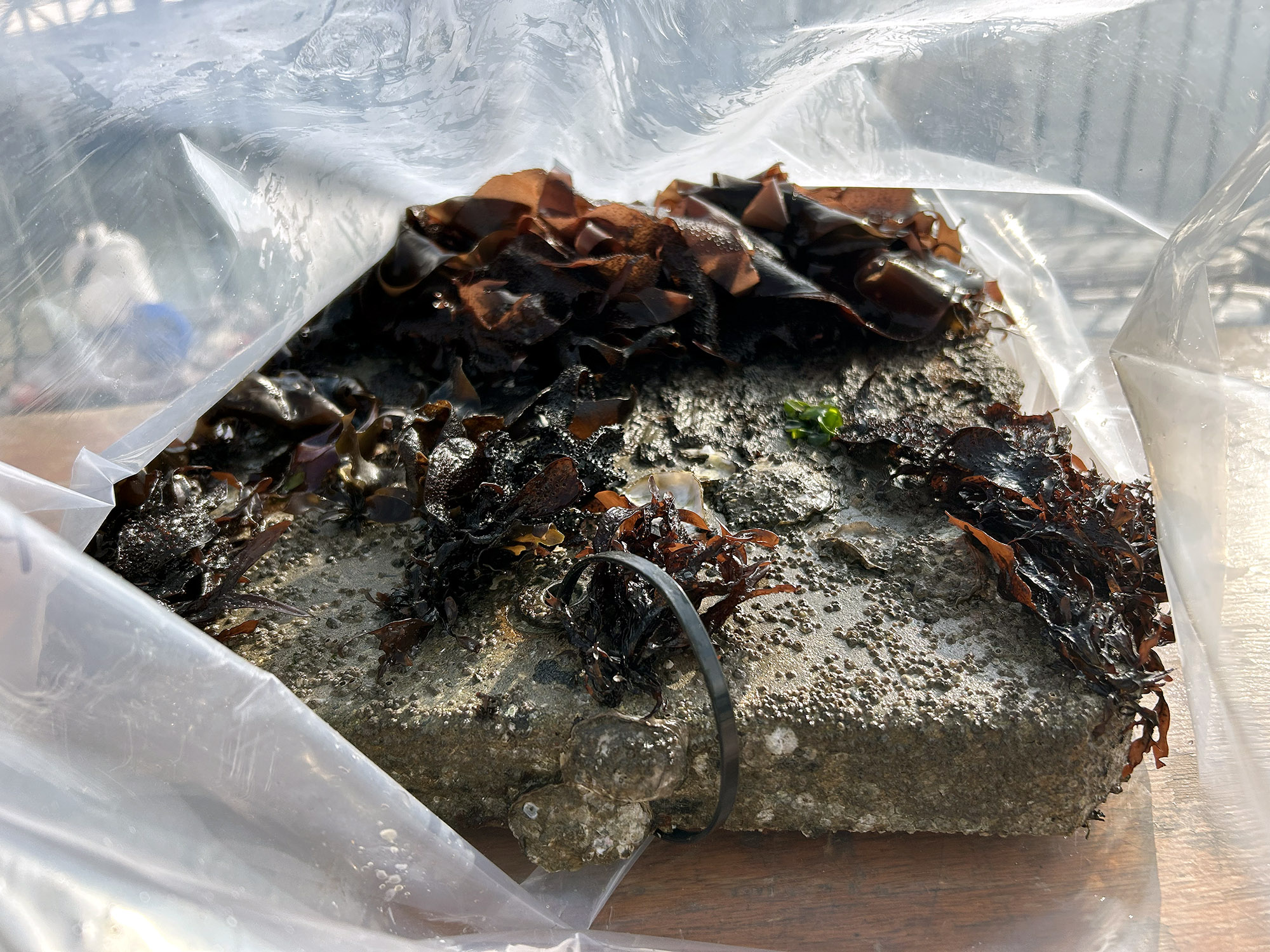 To prepare for sea level rise, scientists installed these textured tiles on San Francisco’s seawall to see what material best attracts marine life and boosts biodiversity. (Ezra David Romero/KQED)
To prepare for sea level rise, scientists installed these textured tiles on San Francisco’s seawall to see what material best attracts marine life and boosts biodiversity. (Ezra David Romero/KQED)Zabin said she hopes to keep large tiles in the bay for at least two more years to gather more data, but said her organization is seeking funding to continue the work.
“It will cost a lot less to monitor them, but that will give us a better idea of the benefits of the textured tile and how that holds up over time,” Zabin said.
The Port of San Francisco anticipates completing its sea level rise feasibility plan by mid-next year, with construction slated to begin as early as 2028.
This plan will include measures to increase biodiversity in the bay, and this pilot project of counting species on tiles is just the beginning of San Francisco reshaping its shoreline for the water that’s yet to come.
“There’s absolutely no way in which sea level rise is not coming for San Francisco, and the ecology of the bay is this endurable resource that we must protect,” said Elaine Forbes, director of the Port of San Francisco.

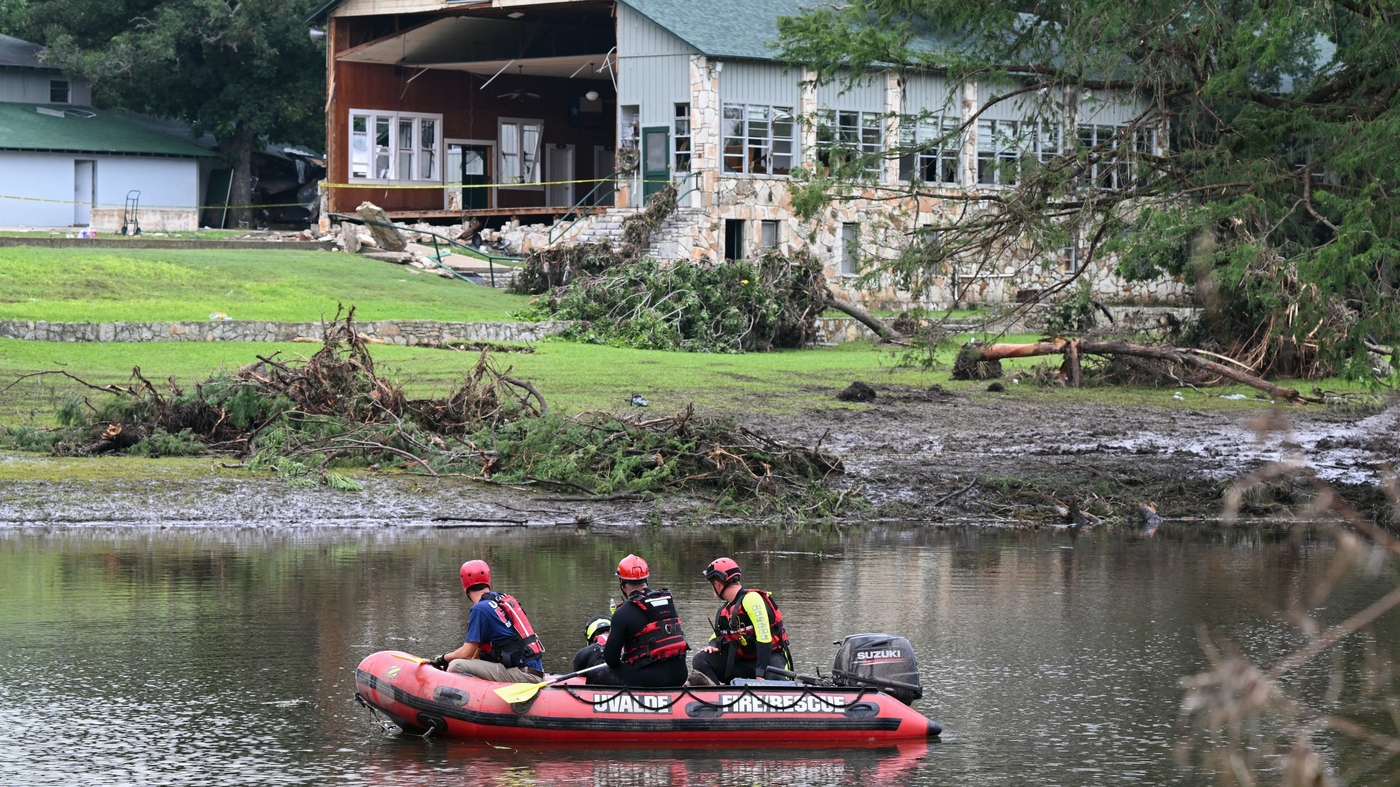
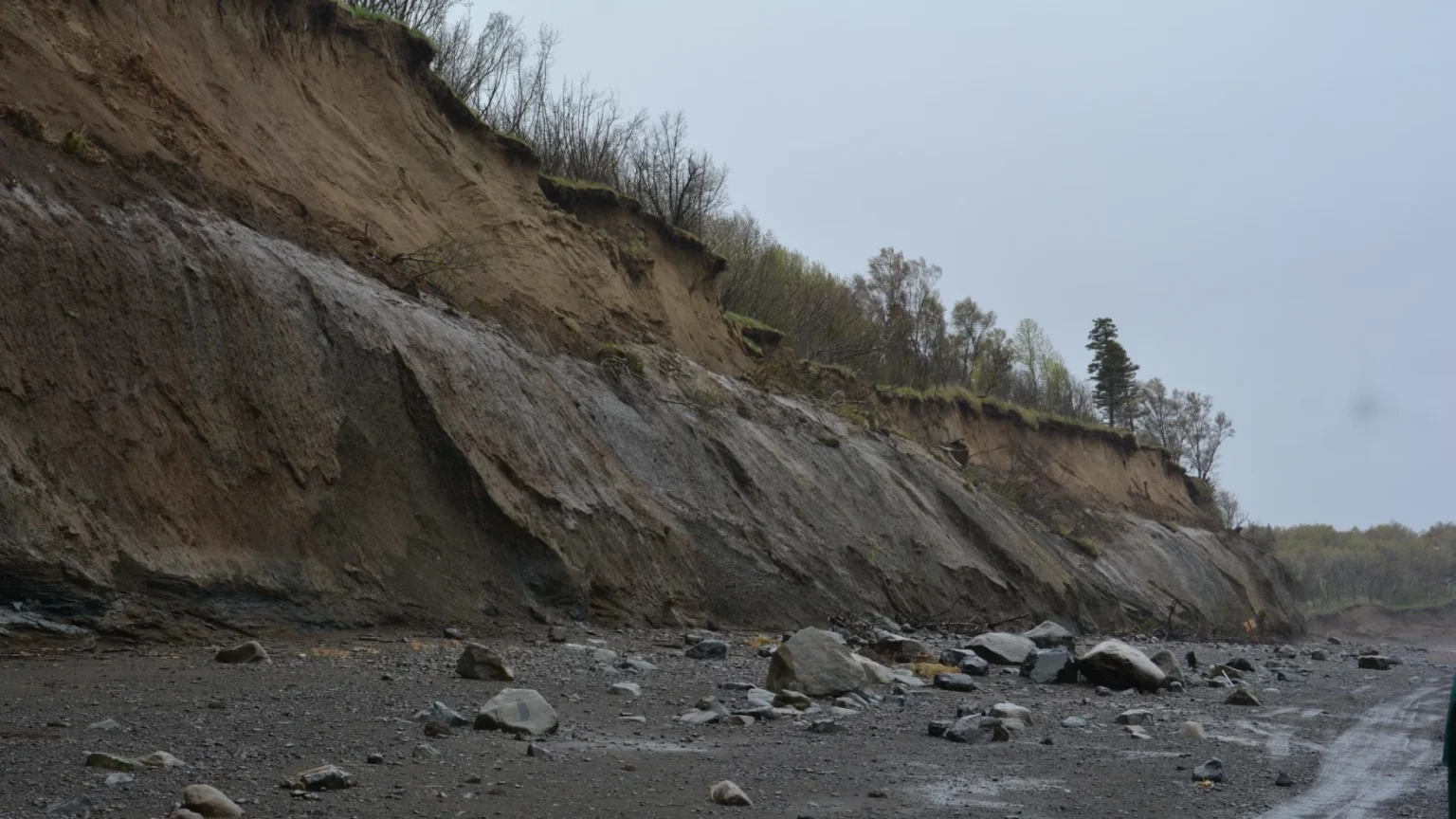






 English (US) ·
English (US) ·